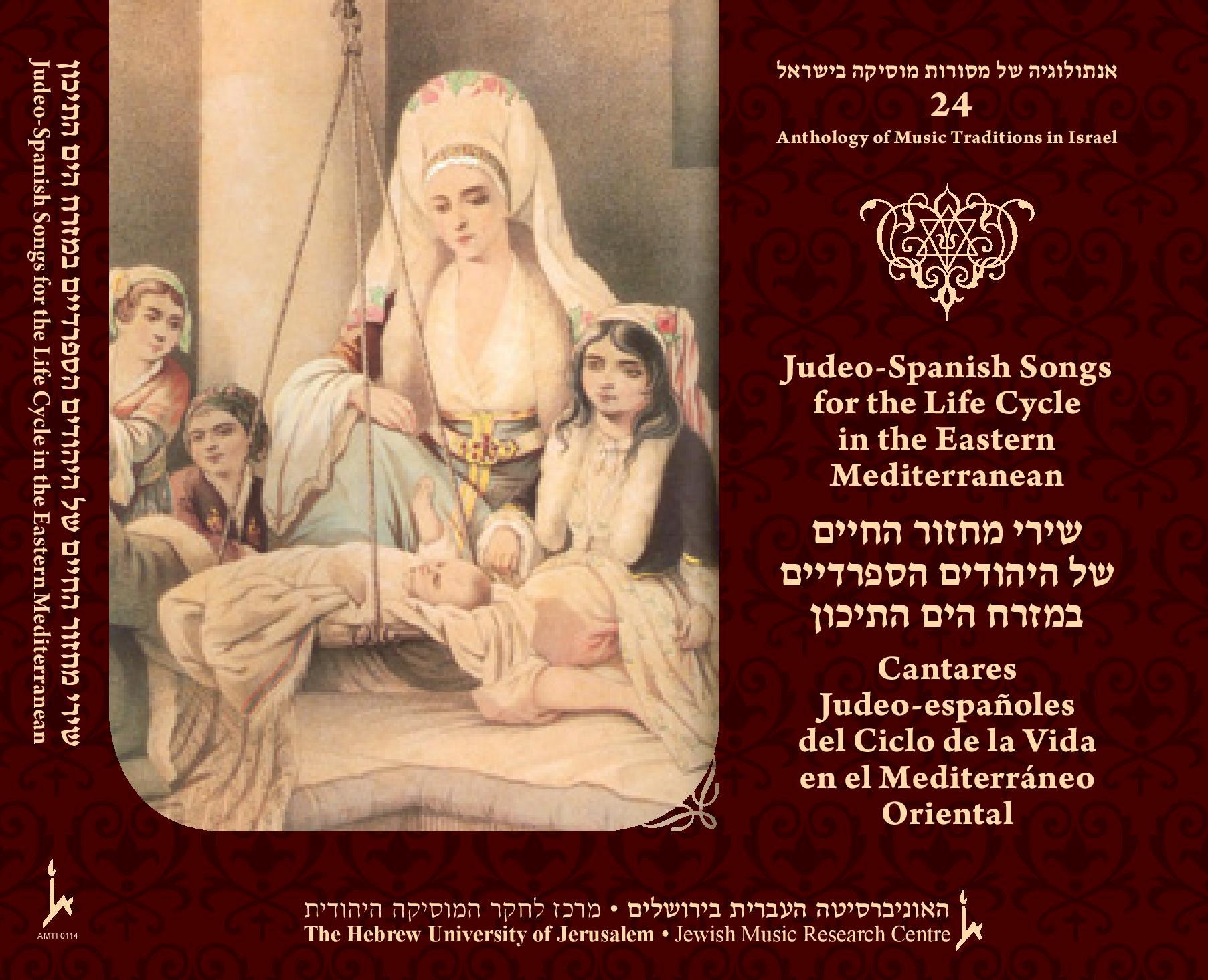Rahel Altalef-Brenner (Izmir)
11-13. La llamada a la morena + El vestido de la novia + La nave por partir + Las flechas del amor
Many Sephardic cantigas consist of unrelated strophes linked by a common thread and sung to the same melody. In this case, the strophes are connected by the returning figure of the beautiful brunette, la morena (or, in affectionate diminutive, morenica). The brunette recounts how she was born with white skin but the sun of summer had made her skin dark (for a very similar medieval Hispanic formulation, see Frenk 1987: 66-68). The other strophes speak about her being invited by the sailors; if they call again, she will go with them: “Tell the brunette to come, my ship is waiting to depart; ask the brunette, why doesn’t she love me? In due time, you 41 will beg for my love.” In various versions, the brunette dresses in pink (yul, “rose” in Turkish) or in yellow, like the pear and the peach (şeftali) or like the quince. In the third version, performed by a singer born in Turkey but raised in Sofia, most of the text is similar to the former versions but in a different order and with textual additions: “Dressed as a bride, in altın tellerin (golden threads or fibers in Turkish); let the groom come to the marriage ceremony (kiddushin). Arrows are shot at me from these windows; if those are arrows of love, let them come straight. White dove with the blue eyes, take this letter to my beloved. I am called brunette but I was born white; from walking around I lost my (white) complexion. The king’s son is calling me; if he will call me again, I shall go with him.”




